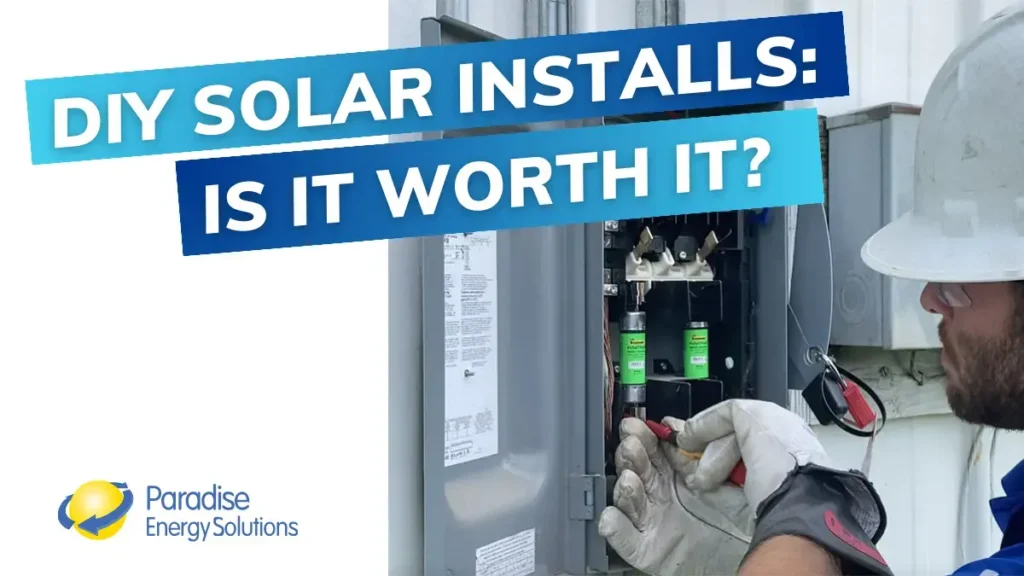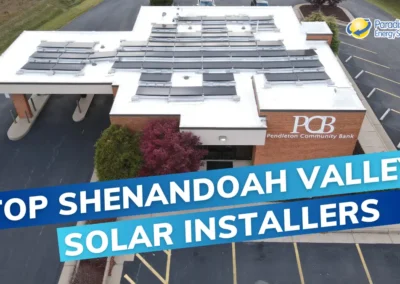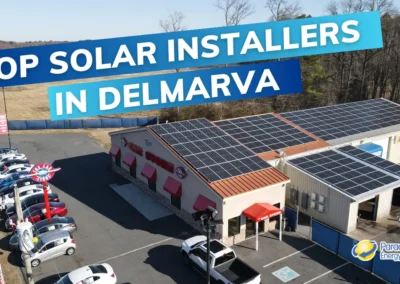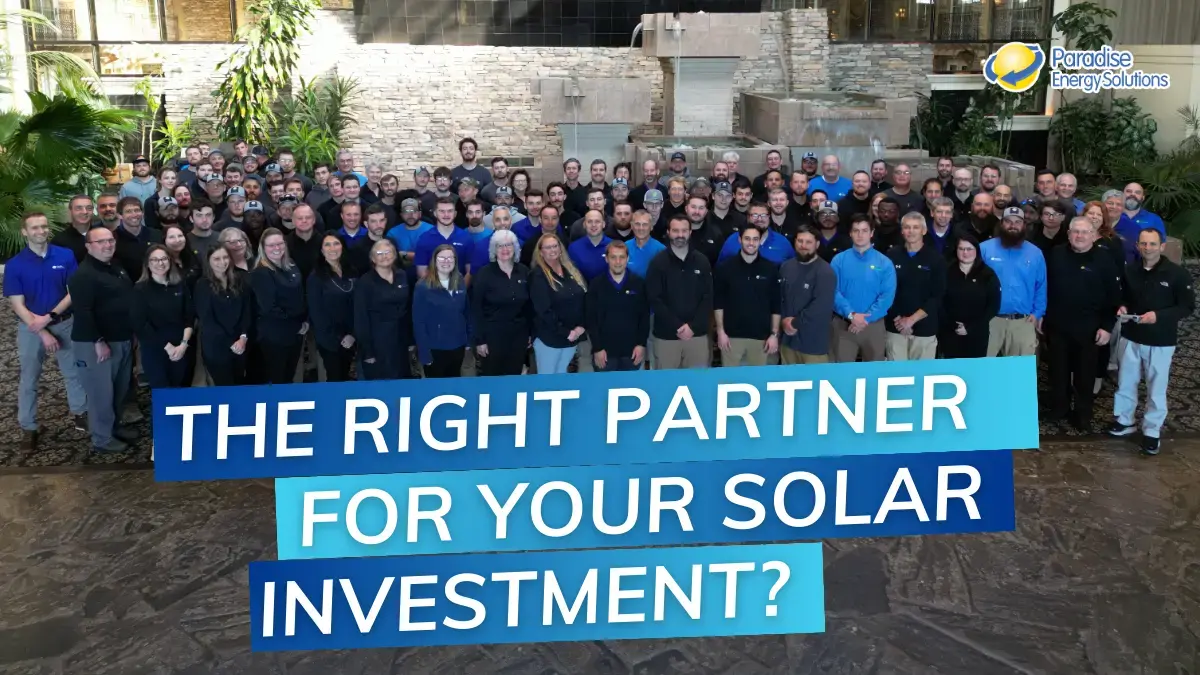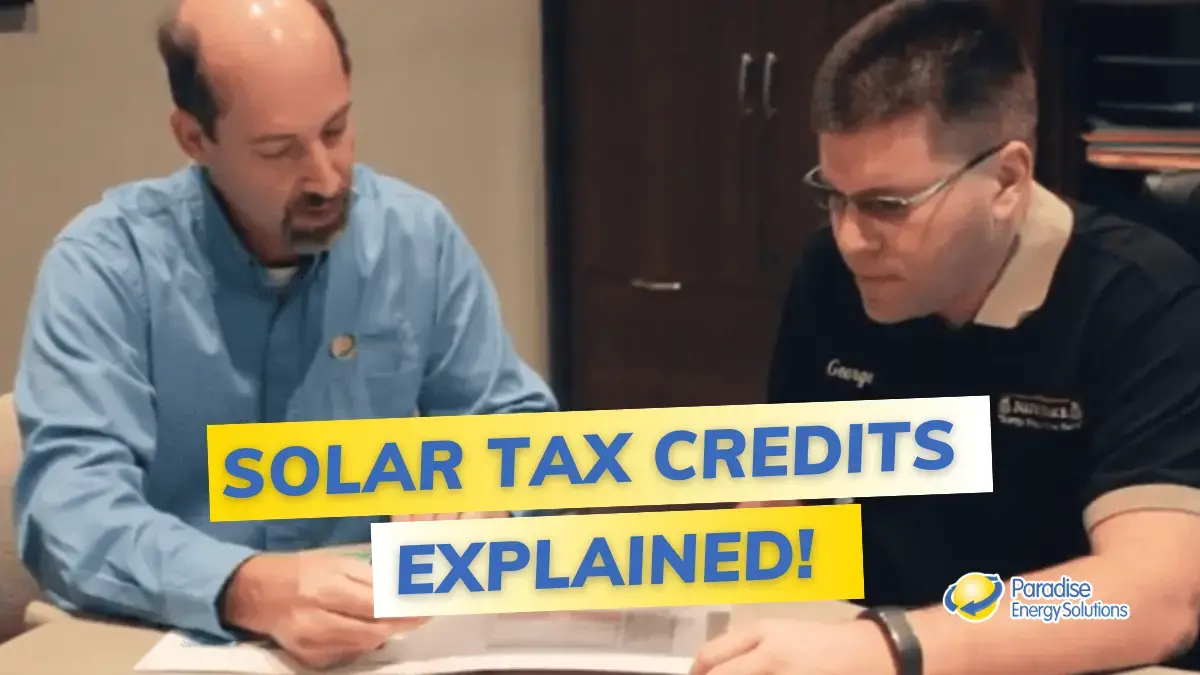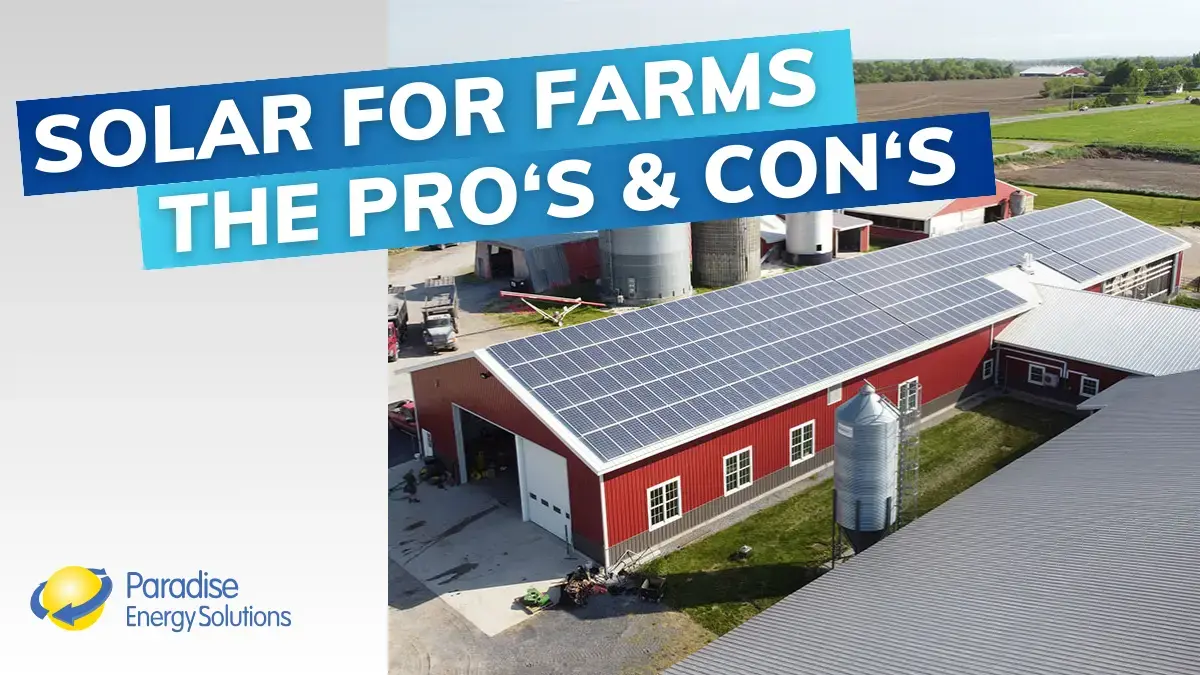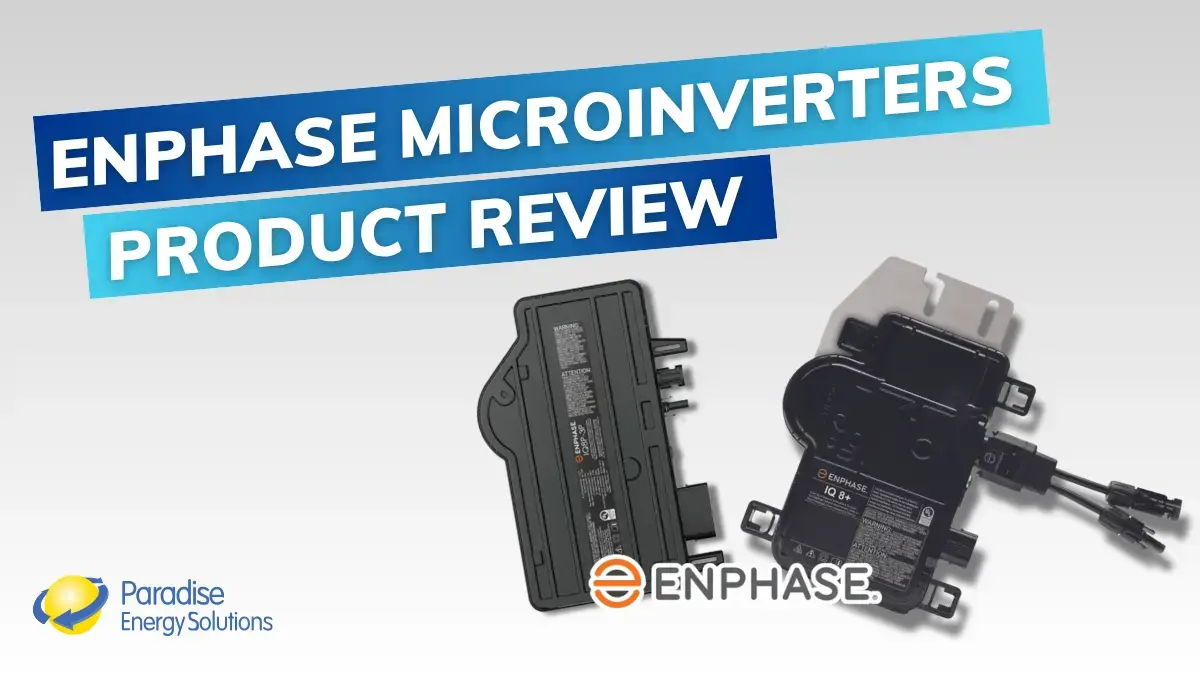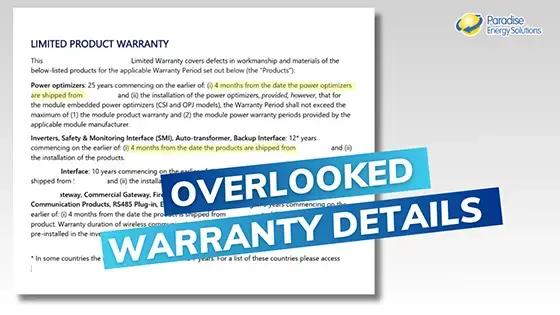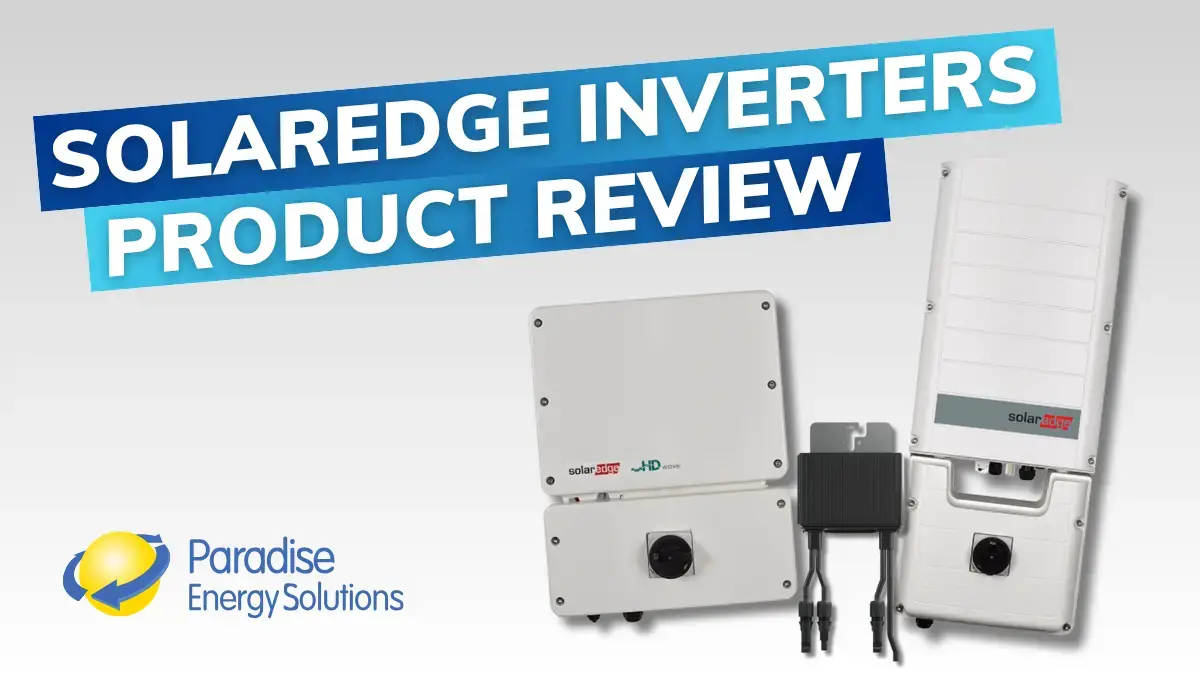Whether it’s to save money, flex our weekend warrior skills, or savor the sweet accomplishment of building something with our own hands, DIY (do-it-yourself) projects can be a rewarding way to spend free time. Couple this with video tutorials for just about everything on the internet, and it can be quite tempting to undertake a project that may be a bit outside of our comfort zone.
And while venturing outside your comfort zone is a great way to grow your skill set, undertaking a highly specialized project may not be a good idea – no matter what the YouTube video promises.
Take for instance installing your own solar energy system. While this DIY project may save you some money in the short-term, it could be very dangerous for someone who is not a trained solar professional. And with the potential to lose out on manufacturing and installation warranties, it can end up costing you more in the long-term than you saved in the short-term.
The Dangers of DIY Solar
Installing your own solar panels can be a risk to your own personal safety and to your property for two main reasons: the height at which panels are typically installed and the fact that you’re working with a complex electrical system.
Most solar energy systems are installed as either a roof mount or a ground mount. Typically, roof mounts are less expensive and require less labor to install since the roof serves as the main supporting structure. With ground mounts, the structure has to be constructed. Because of this, and because roof-mount solar panels don’t take up valuable space in your yard or farm, they tend to be more popular.
However, unless you’re working with a team of trained, certified professionals equipped with all the experience and tools needed to work safely, it simply isn’t worth it.
A single panel can weigh between 33 and 50 pounds. Depending on how large your solar system is, you’ll be hauling quite a few of these up to your roof, along with the materials for racking and wiring. Then comes the installation, which will require you to position and install these components on an elevated, and likely angled, surface.
Unless you’re properly trained to do this type of work and have all the required personal protective equipment, this in itself makes installing your own solar panels a bad idea. Saving some money is not worth the risk of falling.
The other risk is the electrical work you’ll need to do.
When exposed to sunlight, a solar panel can produce a couple of hundred volts of electricity. That’s certainly enough to inflict serious harm if accidentally or mistakenly touched.
In addition to personal harm, you could potentially damage the building on which you’ve installed the solar system. Electricity will be flowing through the wires. If the components were not installed properly, the system could potentially damage itself or, even worse, start an electrical fire.
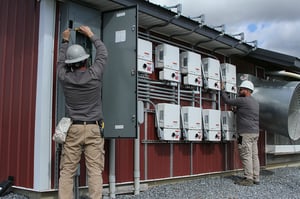 Solar energy has proven itself to be an extremely safe way to generate your own electricity. The 1552+ GW of solar energy installed around the world as of 2020 is a testament to this. However, as with any electrical system, mistakes can have serious ramifications.
Solar energy has proven itself to be an extremely safe way to generate your own electricity. The 1552+ GW of solar energy installed around the world as of 2020 is a testament to this. However, as with any electrical system, mistakes can have serious ramifications.
To ensure these mistakes don’t happen, solar installers in all states need to be certified and licensed to install solar. To ensure you work with a team that knows their stuff and will install your system the correct way, be sure to check out their experience, qualifications, and certifications.
A good place to start is to ensure they are North American Board of Certified Energy Practitioners (NABCEP). NABCEP is the country’s leading certification board for solar energy professionals.
We put together a list of tips for selecting a solar installation company to help you select an installation partner.
What Regulatory Steps Must Be Taken for New Solar Installations?
You can’t just order parts, hop on your roof, and start installing a solar system. There are various paperwork hurdles you must first jump through. This process can be quite frustrating and time-consuming for solar DIY-ers.
First off is the permit from your local building department. In it, you’ll have to provide a site plan and share the details on how you’ll install the system. This will include things like how the panels attach to your roof, proof that your roof can support the additional weight of the solar system, and the spec sheets for your solar system’s components.
You’ll also need an electrical diagram of the system and calculations proving the components are compatible and safe. Lastly, you’ll need to show how you plan on connecting the system to the electric grid.
After getting the required building permits, you’ll need to submit the specifics of the system to your utility company to gain permission to connect your solar system to the grid. Along with this, you’ll likely have to navigate the paperwork for your area’s solar electricity compensation program (called net metering in most states). This will ensure you are properly compensated for any excess electricity your solar system produces and pushes out onto the grid.
Then comes the paperwork for grants and other incentives. Their availability will vary region by region, as will the requirements and stipulations for receiving them. Limited grants can be competitive, as with the USDA REAP Grant, which can cover a significant portion of your solar system’s cost if awarded.
In order to be eligible, you need to be a qualifying farm or rural business located in specific areas of the country. While navigating eligibility is hard, the submission process is harder, and actually receiving this competitive grant is the hardest. However, it can cover up to 25% of your solar system.
At Paradise Energy, our specialized grant writers have an 100% success rate. Learn more about applying for the USDA REAP Grant.
Lastly, if SRECs are available in your state, you will have to fill out the necessary paperwork and navigate the SREC market. SRECs stand for solar renewable energy credits, which solar owners earn with every 1,000 kWh of solar energy generated. They can sell these credits on an open market, helping the state reach its environmental goals.
To put it simply, there is a lot of work that needs to be done outside of the actual installation of your solar system. Not only can it be overwhelming, but it can be challenging and time-consuming. By partnering with a professional installer, you can rest assured they’ll take care of the paperwork correctly.
Do DIY Solar Installers Miss Out on Equipment Warranties?
There’s no denying that solar energy can require a significant upfront investment. That investment can pay for itself in just a few years, leaving the vast majority of its 25 to 30+ year lifespan left to save you a significant amount of money. However, equipment, production, and workmanship warranties can provide a vital function over the decades-long lifespan of your system.
The solar panel components that make up your system are built to last. Manufacturers are so confident in their durability that they guarantee their products for up to 30 years. That means if anything goes wrong with your system under the terms of the warranty, you’ll receive a replacement piece of equipment for free.
However, these warranties only apply to components that were installed exactly as the manufacturer intended. By installing your own components, one mistake could void the 30-year warranty on your solar panels before the system is even working.
Additionally, you’ll lose out on warranties offered by your solar installation company. While these will vary from one company to the next, they can be immensely valuable to your solar investment.
At Paradise Energy, we think it’s just plain wrong that you should suffer the consequences of a mistake we made. That’s why we offer our Triple Ten Guarantee, which will protect your investment and help guarantee your system’s payback through a ten-year production guarantee, ten years of system monitoring, and a ten-year workmanship guarantee.
What’s a production guarantee? In your solar system’s proposal, your installer will provide an estimate of how much electricity your solar system will generate each year. They’ll take into account local weather patterns and the amount of sunshine in your area to get as close of an estimate as they can.
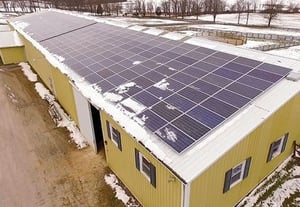 However, the weather isn’t always predictable, and that estimate won’t always be right. With our production guarantee, we’ll treat our estimate like a promise. If your system produces less electricity than we estimated, we’ll write you a check for the difference.
However, the weather isn’t always predictable, and that estimate won’t always be right. With our production guarantee, we’ll treat our estimate like a promise. If your system produces less electricity than we estimated, we’ll write you a check for the difference.
If you opt to install your own solar panels, you’ll be losing out on the peace of mind these warranties offer you.
Is Installing Solar Panels Yourself Worth the Risks and Efforts?
All in all, you’re risking a lot when you’re taking a solar installation into your own hands: your safety, the safety of your building, and the risk of losing the warranties on your solar equipment.
You’re also going to be spending a lot of time on paperwork, permitting, and approvals.
Solar energy requires a complex system that should be installed by experienced, certified solar professionals with proper safety equipment. Not only will this keep you safe, but you’ll save time and have an investment backed by strong warranties for decades, keeping your investment safe as well.
